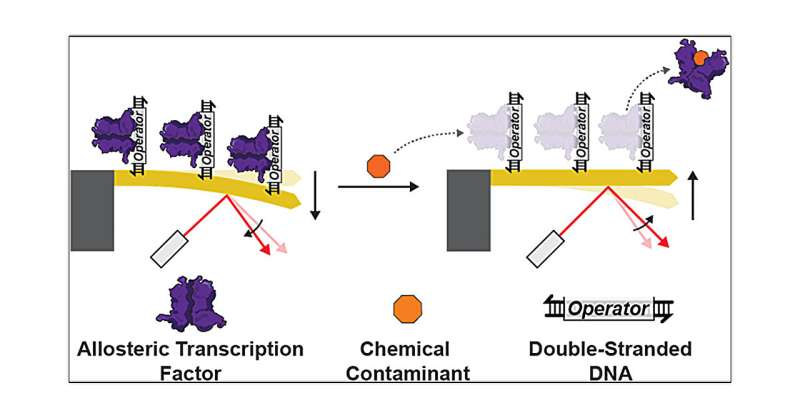
Contamination detection tool merges synthetic biology and nanotech for ultrasensitive water testing (28/02/2025)
A
platform developed nearly 20 years ago previously used to detect protein
interactions with DNA and conduct accurate COVID-19 testing has been repurposed
to create a highly sensitive water contamination detection tool.
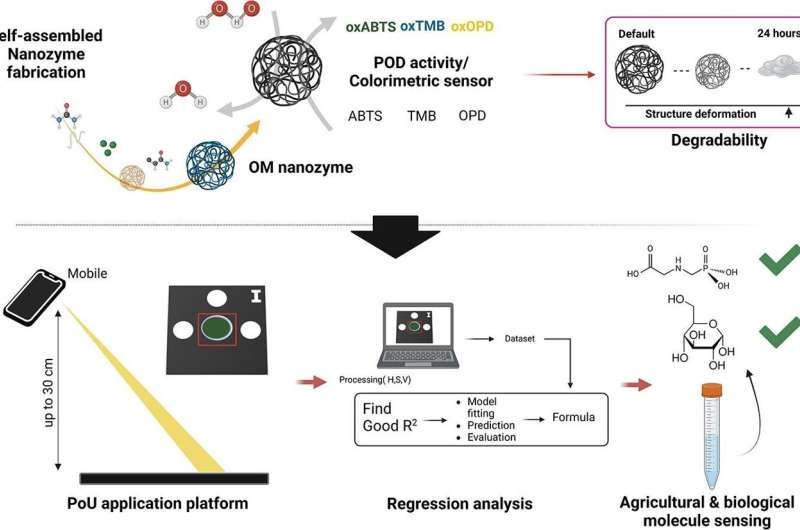
Next-generation organic nanozymes offer safe, cost-effective solution for agricultural and food industries (28/02/2025)
Nanozymes
are synthetic materials that have enzyme-like catalytic properties, and they
are broadly used for biomedical purposes, such as disease diagnostics. However,
inorganic nanozymes are generally toxic, expensive, and complicated to produce,
making them unsuitable for the agricultural and food industries.

New insights on cyclone wake recovery can help to advance predictive models for extreme weather events (28/02/2025)
A
study led by UMass Dartmouth School for Marine Science & Technology (SMAST)
Ph.D. student Siddhant Kerhalkar sheds new light on the recovery of ocean
thermal structures following cyclone passage—an area of oceanography that has
remained largely unexplored due to the scarcity of direct shipboard
observations. This research enhances our understanding of how the ocean
recovers after cyclones, which is essential for improving climate models and
predicting extreme weather events.
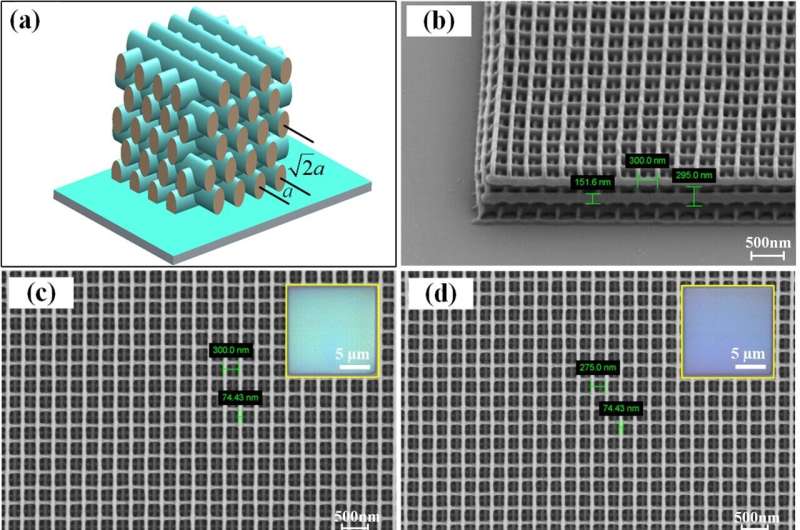
Optimized approach enables super-resolution 3D direct laser writing with unprecedented speed and resolution (28/02/2025)
For
the first time, researchers have used high-speed laser writing to create lines
spaced just 100 nm apart on a glass substrate. The optimized printing approach
could enable super-resolution 3D direct laser writing (DLW) of microlenses,
photonics crystals, micro-optical devices, metamaterials and more.

A new approach to reduce decoherence in superconducting qudit-based quantum processors (28/02/2025)
Quantum
computers, which operate leveraging quantum mechanics effects, could soon
outperform traditional computers in some advanced optimization and simulation
tasks. Most quantum computing systems developed so far store and process
information using qubits (quantum units of information that can exist in a
superposition of two states).
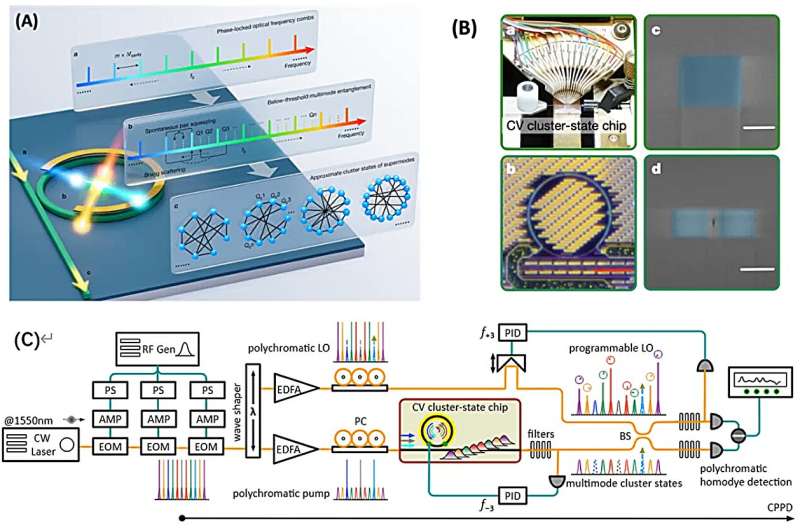
First on-chip multipartite entanglement achieved with optical microcomb (28/02/2025)
A
recent study has realized multipartite entanglement on an optical chip for the
first time, constituting a significant advance for scalable quantum
information. The paper, titled "Continuous-variable multipartite
entanglement in an integrated microcomb," is published in Nature.
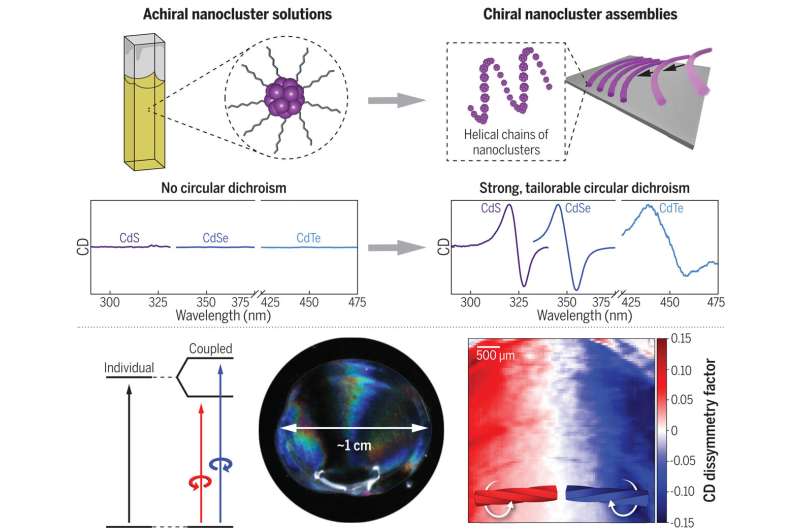
Light-twisting materials created from nano semiconductors could be a game-changer for optics (31/01/2025)
Cornell
scientists have developed a novel technique to transform symmetrical
semiconductor particles into intricately twisted, spiral structures—or
"chiral" materials—producing films with extraordinary light-bending
properties.

Nanoribbons reveal potential source of light for quantum technologies (26/01/2025)
Experiments
conducted at Montana State University in collaboration with Columbia University
and the Honda Research Institute have resulted in the emission of single
photons of light in a new type of quantum material—a feat that could lead to
the development of controllable light sources for use in quantum technologies.

Next-gen fibers: Smart textile can sense light, pressure, smell and even taste (23/01/2025)
Researchers
successfully developed a multifunctional sensor based on semiconductor fibers
that emulates the five human senses. The technology developed in the study is
expected to be utilized in a variety of state-of-the-art technology fields,
such as wearables, Internet of Things (IoT), electronic devices, and soft
robotics.
Nanoislands on silicon enable switchable topological textures for new electronic applications (23/01/2025)
Ferroelectrics
at the nanoscale exhibit a wealth of polar and sometimes swirling (chiral)
electromagnetic textures that not only represent fascinating physics, but also
promise applications in future nanoelectronics. For example, ultra-high-density
data storage or extremely energy-efficient field-effect transistors. However, a
sticking point has been the stability of these topological textures and how
they can be controlled and steered by an external electrical or optical
stimulus.









